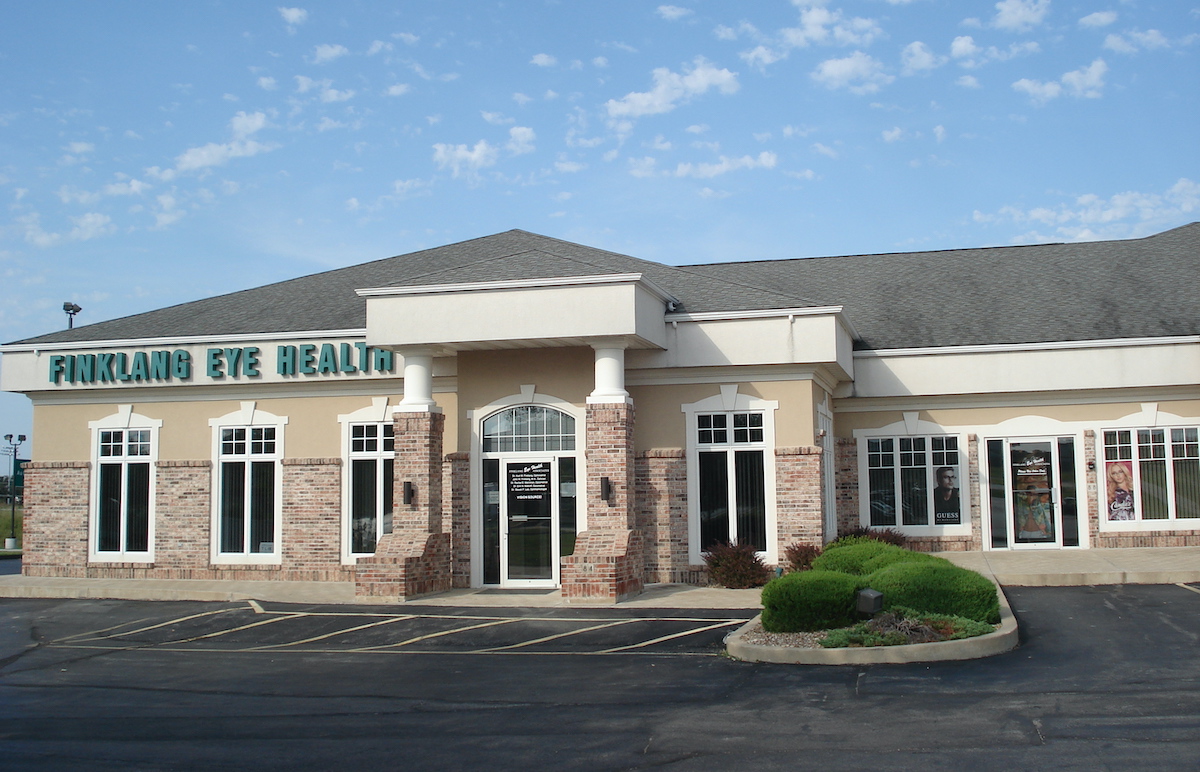A Quick Guide To Pink Eye

Pink eye is a common eye infection that ten percent of people experience at some point in their lives.
Fortunately, it isn’t serious and there are plenty of things you can do to relieve the symptoms, but it’s important to be able to recognize it in case it happens to you or a family member.
What Pink Eye Is And Why Do We Get It?
Conjunctivitis, commonly known as pink eye, is an inflammation of the conjunctiva (the clear tissue that covers the white part of the eye and the insides of the eyelids). When the conjunctiva becomes inflamed, it happens as a result of irritants such as viruses, bacteria, chlorine, shampoo, or allergens getting in the eye. Children are most prone to getting pink eye because of all the time they spend around other children, and it’s a highly contagious infection.
Pink Eye Symptoms
The symptoms of pink eye include redness, puffiness, itchiness, excessive tears, thick discharge that makes it difficult to open the eye, burning, light sensitivity, and blurred vision. These symptoms may vary depending on the cause of the infection.
Types Of Pink Eye
Our eyes can become irritated from just about anything getting in them, but the three main types of pink eye we’ll focus on are viral and bacterial conjunctivitis and allergic reactions.
- Viral. This is the most common type and is caused by viral strains that can spread very easily. It might seem like your eyes are just itchy at first, but viral pink eye involves a lot of watery discharge and sometimes light sensitivity. It tends to last one to two weeks. Because this is caused by a virus, it cannot be treated with antibiotics, but it typically goes away on its own.
- Bacterial. If pink eye is caused by contamination from bacteria, then instead of watery discharge, the result is much thicker yellow or green secretions. This type will also be very contagious. While it will usually go away after a few days, prescribed antibiotics can help clear it up faster so that you don’t have to wait it out.
- Allergic reaction. Allergy-based conjunctivitis is not contagious, though it may have similar symptoms. Allergy medication can help with these.
What To Do On Your Own
It’s important to see a doctor if you have pink eye, particularly if it hasn’t gone away after the expected amount of time, but there are a few ways you can relieve the symptoms and keep it from spreading.
- A warm compress can help with the swelling and the discharge.
- Avoid touching your eyes, because this could irritate them further and introduce new germs.
- If you usually wear contacts, switch to glasses until the infection is gone (and switch to new lenses afterward, as the old contacts are likely contaminated).
- Wash your hands often to limit the spread of the infection.
When To See The Doc
If your symptoms get worse or if you start experiencing flu-like symptoms such as a high fever, shaking, impaired vision, etc., you should definitely schedule an appointment or just come right in! We’ll take a look and help you start feeling like yourself again.
